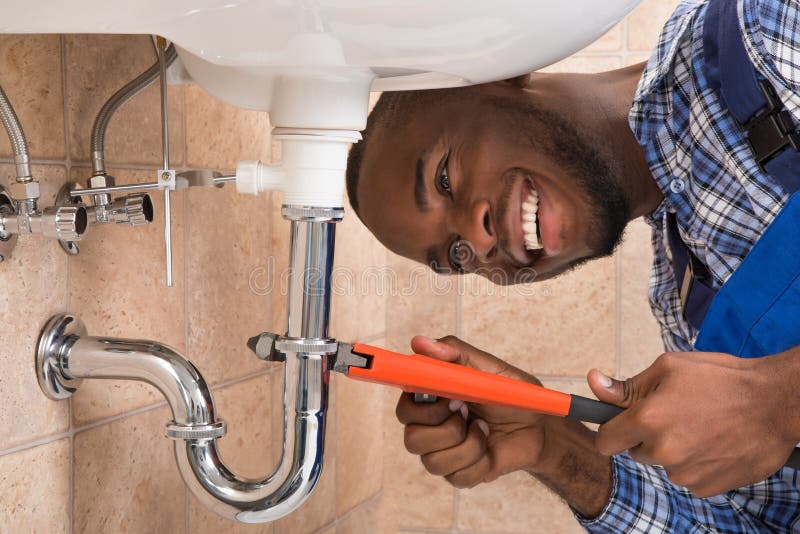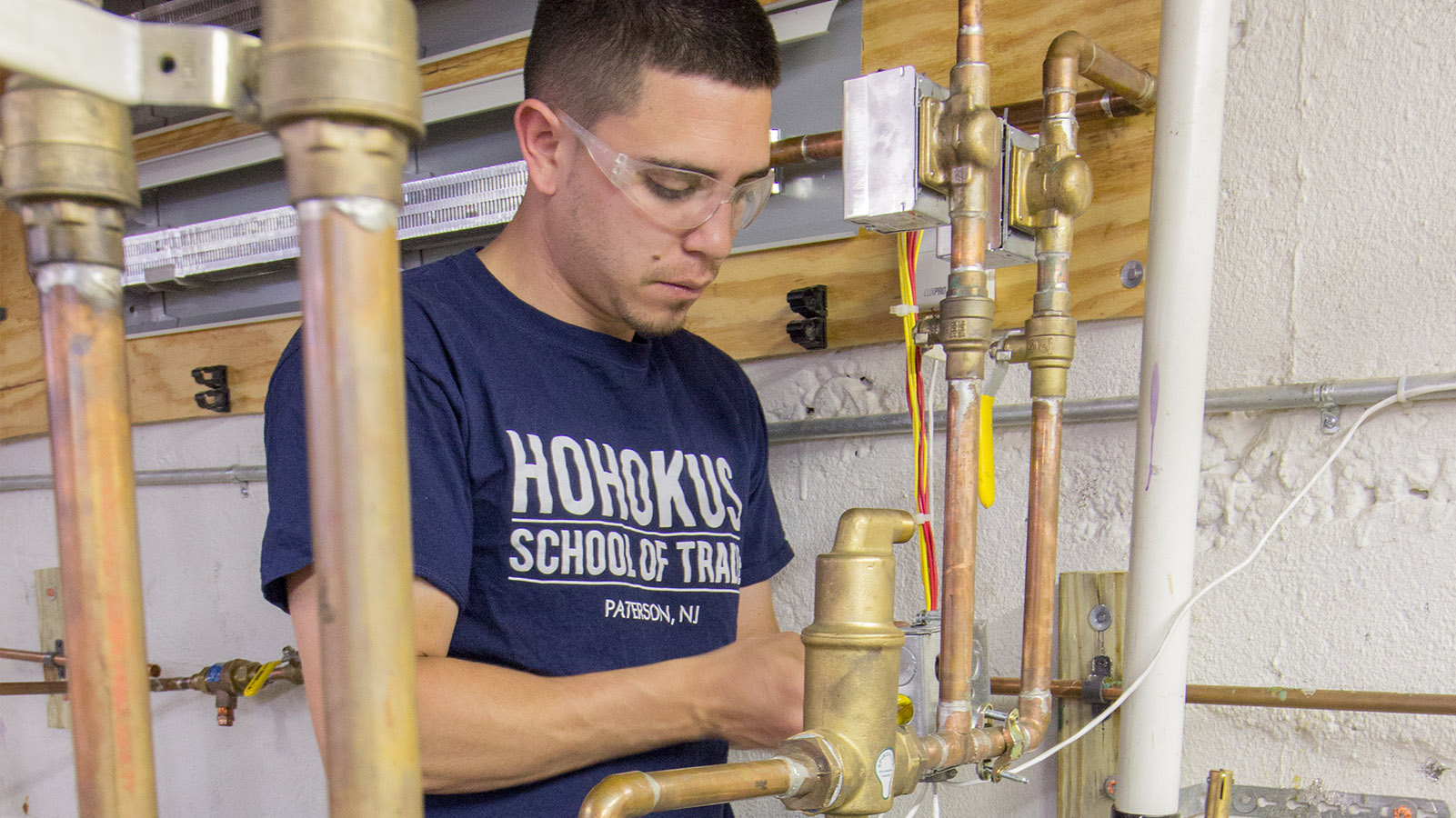Trusted Plumbing Services Alabaster AL for All Your Maintenances
Trusted Plumbing Services Alabaster AL for All Your Maintenances
Blog Article
A Detailed Overview to Effective Hot Water Heater Installation for Optimum Efficiency
Beginning on the task of mounting a hot water heater is a venture that demands accuracy and an organized strategy for achieving optimum performance. The procedure starts with the essential choice of choosing the proper heating system customized to the certain requirements of your house, thinking about variables such as power, size, and kind resource. When chosen, preparing the installation location to satisfy security criteria is extremely important. Nevertheless, the trip does not end below. As you continue, the ins and outs of connecting supply of water lines and setting up reputable electrical or gas links await, encouraging insights into making certain effectiveness and integrity.
Picking the Right Hot Water Heater

Following, consider the dimension and capacity of the hot water heater. It's essential to assess your home's warm water demands, which can vary based on the number of owners and their usage patterns. An unit that's as well little might bring about insufficient hot water, while a large design could cause unnecessary energy consumption.
Performance scores likewise play a pivotal duty in selection. Try to find water heating units with high Power Aspect (EF) ratings, suggesting remarkable efficiency and minimized energy usage. Tankless models, though commonly extra pricey ahead of time, deal considerable energy cost savings in time due to their on-demand heating capacities.
Preparing the Installment Location
Before installing a new hot water heater, thorough prep work of the setup area is important. This guarantees a smooth installation process and helps prevent future complications (Water Heater installation Alabaster AL). Begin by choosing a suitable location that complies with neighborhood building regulations and security standards. The area needs to be completely dry, well-ventilated, and accessible for upkeep. It's crucial to measure the space meticulously to fit the hot water heater's measurements, guaranteeing appropriate clearance around the unit for reliable operation and maintenance.
Following, get rid of any kind of debris, dust, or obstructions from the website to produce a tidy environment. Check the floor for stability, as the hot water heater will certainly require a strong, degree surface area to run efficiently. If essential, mount a drip pan beneath the unit to catch prospective leaks or spills, avoiding water damage to the surrounding area. In regions vulnerable to seismic activity, consider installing seismic straps to secure the heater firmly in position.
Additionally, ensure that all essential devices and products get on hand before beginning the installation. This includes items such as wrenches, screwdrivers, a level, and any added equipment needed for placing and protecting the heating unit. A well-prepared setup area sets the foundation for an effective water heating unit configuration, maximizing performance and safety.
Connecting Water System Lines
When connecting supply of water lines to your newly mounted water heating system, it is vital to guarantee that all links are safe and secure and leak-free to maintain reliable operation and avoid water damage. Begin by recognizing the chilly and hot water lines. The chilly water inlet is generally noted with a blue tag or a "C", while the hot water electrical outlet is marked with a red tag or an "H".
Use flexible water heating unit connectors to facilitate an easier installation process. Before connecting the adapters, place a plumbing's tape around the threaded ends of the water heating unit's inlet and electrical outlet pipelines.
As soon as connections remain in area, gradually transform on the main water supply valve. Examine each connection for leaks by visually examining and really feeling for dampness. Tighten up links as essential, and ensure the stress alleviation shutoff is appropriately mounted, safeguarding against excessive pressure accumulation.
Establishing Electric or Gas Links
Correctly setting up the electric or gas connections for your water heating system is a crucial step to guarantee effective and safe procedure. For electric water heating systems, begin by validating that the electrical circuit is suitable with the heating unit's voltage and amperage requirements.
For gas water heating systems, security is paramount. Attach the gas line to the water heater using a versatile gas adapter, ensuring it is correctly threaded and sealed with pipe joint compound or Teflon tape suitable for gas connections.
As soon as links are made, examine for any type of possible leakages. For gas lines, apply a soapy water service to the joints; bubbles suggest a leakage. For electric connections, confirm that all electrical wiring is safe and secure and properly insulated, preserving conformity with neighborhood electric codes.
Readjusting and examining for Efficiency
With the electrical and gas connections safely in position, the next step is examining the functional performance of your water heating system. Begin by thoroughly turning on the supply of water and guaranteeing there are no leakages at any one of the valves or joints. As soon as validated, continue to load the storage tank, taking note of the stress and temperature level settings. It is recommended to set the thermostat to an advised temperature level of around 120 ° F(49 ° C) to balance energy efficiency and comfort.
Next, perform an extensive examination to guarantee the burner or gas burners are working correctly. For electrical heating systems, use a multimeter to verify page if the components are drawing the proper existing. In gas versions, observe the burner flame; it ought to be consistent and blue, suggesting reliable burning.
Readjust the settings as necessary to remove inefficiencies. Take into consideration implementing insulation procedures, discover this such as including a hot water heater blanket, to further improve efficiency by lessening heat loss. Additionally, inspect the anode rod's problem, as a shabby rod can decrease effectiveness and bring about tank deterioration.
Conclusion
Efficient hot water heater installation is essential for making certain optimum efficiency and power financial savings. By picking the appropriate kind and size, and thoroughly preparing the setup location, a structure for success is developed. Firmly connecting water system lines and very carefully establishing up electrical or gas links minimize potential problems. Detailed screening for leakages and specific thermostat changes to 120 ° F boost reliability and performance. Sticking to these actions advertises long-term performance and power preservation in domestic water furnace.

Appropriately establishing up the electric or gas links for your water heater is an important action to make sure reliable and secure procedure. For electrical water published here heating systems, start by validating that the electric circuit is suitable with the heating system's voltage and amperage needs. Attach the gas line to the water heating system making use of a versatile gas port, ensuring it is appropriately threaded and sealed with pipeline joint compound or Teflon tape appropriate for gas connections.
Report this page